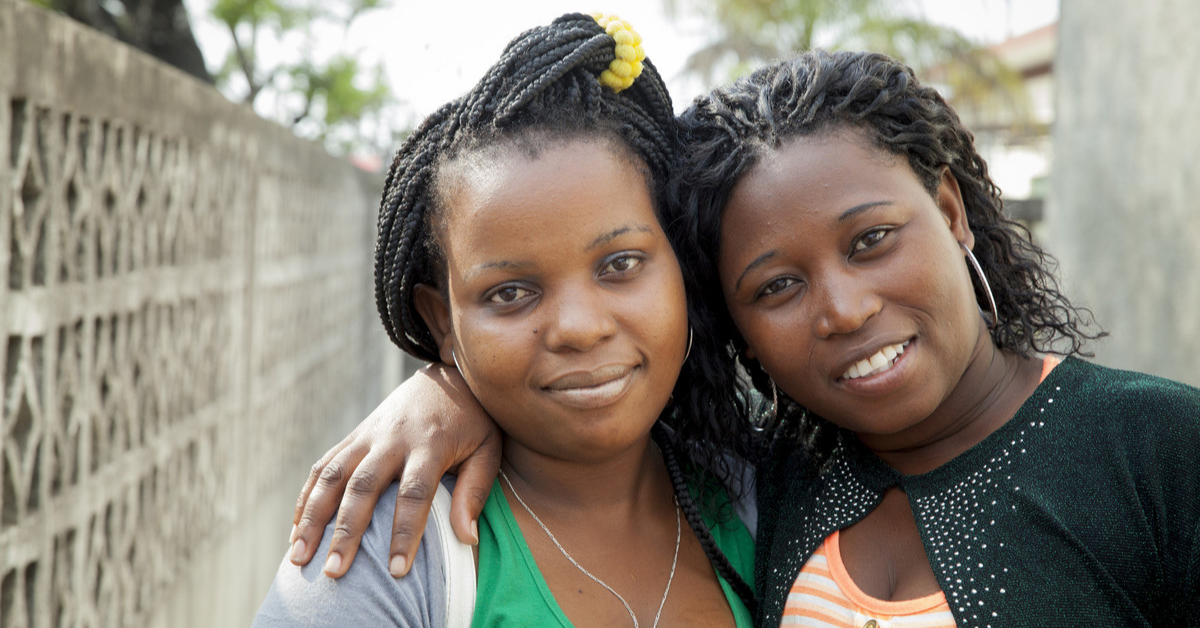Kristine Torjesen, FHI 360
When I was a medical student in the early 1990s, the only drug we had to treat HIV was azidothymidine (AZT). I remember the excitement when combination therapy was developed; we all embraced a new acronym: HAART – highly active antiretroviral therapy. I also remember the transformation of “Coffin Row” to furniture-making in Malawi, when the U.S. President’s Emergency Plan for AIDS Relief (PEPFAR) made HAART available across sub-Saharan Africa. I was working on a HIV prevention clinical trial in Malawi at the time, but I did not realize then that HIV prevention would become my life’s work. While that prevention trial failed, good news was not far behind.
Oral emtricitabine combined with tenofovir disoproxil fumarate (FTC/TDF) used as daily pre-exposure prophylaxis (PrEP) was highly effective in preventing HIV. Finally, we were adding a D (drugs) to the ABCs (Abstinence, Being Faithful, Condoms) of HIV prevention. And now, 30+ years from my first learning about HIV, we are on the cusp of a multi-method biomedical prevention market for HIV with conditional approval from the World Health Organization (WHO) for the use of the dapivirine vaginal ring as PrEP, and the recent U.S. Food and Drug Administration (FDA) approval of long-acting injectable cabotegravir (CAB-LA) as PrEP.
These are exciting times! And yet, we still face extraordinary challenges to end the HIV epidemic. Women are disproportionately affected by HIV and account for more than half the number of people living with HIV worldwide. There are many reasons for this, including deeply rooted social, gender, and economic inequalities. For the past seven years, I have had the privilege of working alongside colleagues from Eswatini, Lesotho, Kenya, Namibia, Nigeria, South Africa, Uganda, Zambia, Zimbabwe and many other countries to address these challenges through projects funded by PEPFAR and the U.S. Agency for International Development (USAID) with the mandate to expand introduction and access to new PrEP products for women in sub-Saharan Africa. In collaboration with a consortium of partners, I am both daunted and hopeful as we launch a new USAID-funded project to expand options and choices for women in HIV prevention: Maximizing Options to Advance Informed Choice for HIV Prevention (MOSAIC). This work will only be successful through the collective action of many working through and with global policymakers, national governments, providers, communities, and PrEP users.
What is MOSAIC?
MOSAIC’s objective is to accelerate introduction and scale-up of new biomedical prevention products and expedite their availability, acceptance, uptake, and impact in PEPFAR programs to help individuals, especially women, prevent HIV. To achieve this objective, the consortium has five strategic priorities:
- Promote a user-centered approach in which the needs and preferences of users — especially adolescent girls and young women — are understood and addressed in product introduction and scale-up
- Conduct research to expand the evidence base on how to effectively enhance product availability, acceptability, uptake, and effective use
- Coordinate and provide technical assistance to global, national, and subnational stakeholders to expedite product introduction in policy and programs by addressing issues related to regulatory review, policy development, resource mobilization, supply chain, delivery models and platforms, monitoring and evaluation, surveillance, and demand generation
- Implement research utilization activities and establish mechanisms for rapid, effective knowledge exchange among key stakeholders to facilitate application of existing and emerging evidence on product introduction in policy and programs
- Strengthen and sustain local partner capacity to advocate for, design, and implement high-quality product introduction activities and research
What MOSAIC means for women
Our vision is that after five years, women in sub-Saharan Africa will have access to multiple effective PrEP products that meet their changing needs and desires; that health systems will be enabled to support informed choice and effective use through policies, programming, and differentiated service delivery; and that cost, impact, and targeting guidance will be in place to support efficient use of resources.
Featured Image: Jessica Scranton/FHI 360


